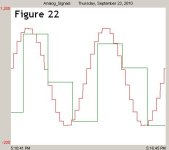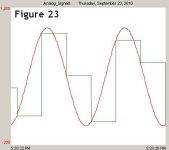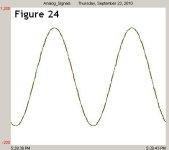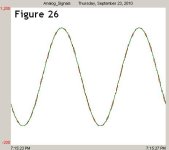RPI and RTS and Filter settings for ControlLogix modules ...
- Thread starter Ron Beaufort
- Start date
Similar Topics
In ControlLogix 5000, the AI module resets the RPI timer each time an RTS transfer occurs. What is the purpose for RPI timer be reset by RTS? If...
Hi there I am new with this thing and i don't know how to connect Allen Bradley Micrologix 1200 PLC to Raspberry Pi using USB to RS485 in NodeRED...
Hello all,
I am using a temposonic R series linear transducer for positioning of a lower ram on a hydraulic powdered metal press. The transducer...
Hello Ladies and Gents,
I have some PLC to PLC communications using Produce and Consume.
The data is not time sensitive, and I really only need...
I am not very experienced in Rockwell PLCs and have run into a small problem, so I could do with a little bit of help.
We have a redundant...








